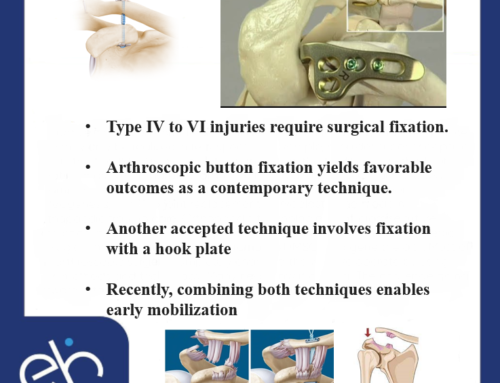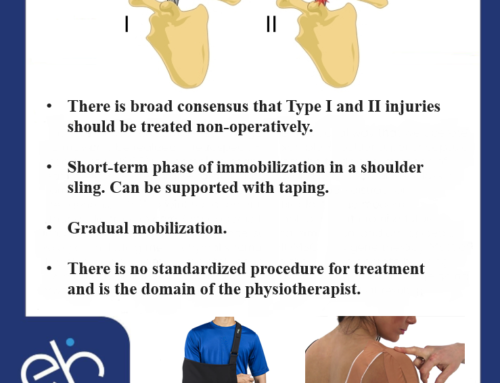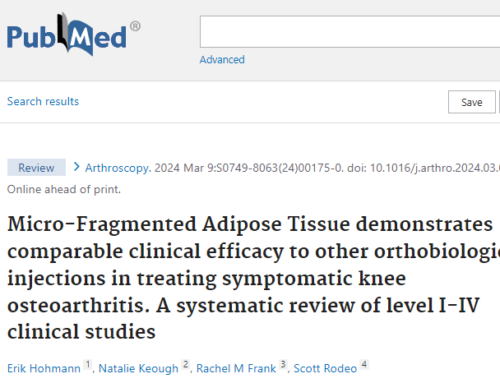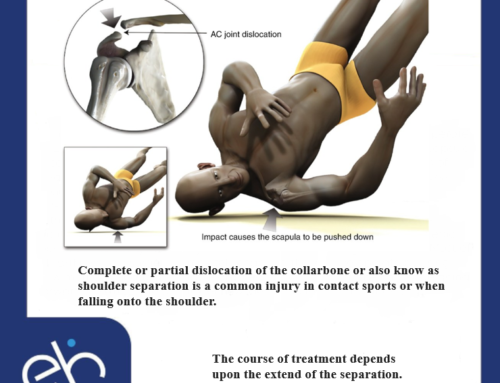Part 1:
The anterior cruciate ligament prevents the tibia from sliding towards the front but also provides rotational stability to the knee. Injuries to the ligament can occur with either contact and impact or non-contact. Changing direction suddenly, stopping suddenly, landing from a jump or direct contact or collision are the typical mechanisms.

Part 2:
People often hear a pop, the knee may give way and there is swelling and pain. The symptoms may often settle with time but when returning to sports or other activities, the knee can be unstable and gives way. This increases the risk of further injury.
Part 3:
Most patients benefit from surgery. Sometimes the ACL can be primarily repaired but in most cases the ligament needs to be rebuilt using a tissue graft. This can be your hamstring and patella tendon. Surgery is performed with Arthroscopy [keyhole surgery].

Part 4:
After surgery physical therapy will help to return to normal. Initially the therapist will focus on returning the range of motion of the joint followed by strengthening exercises. The graft must be protected in the early stages as it is quite weak and can easily tear within the first three months. The final phase of rehabilitation is to tailor a functional program for return to sports.




